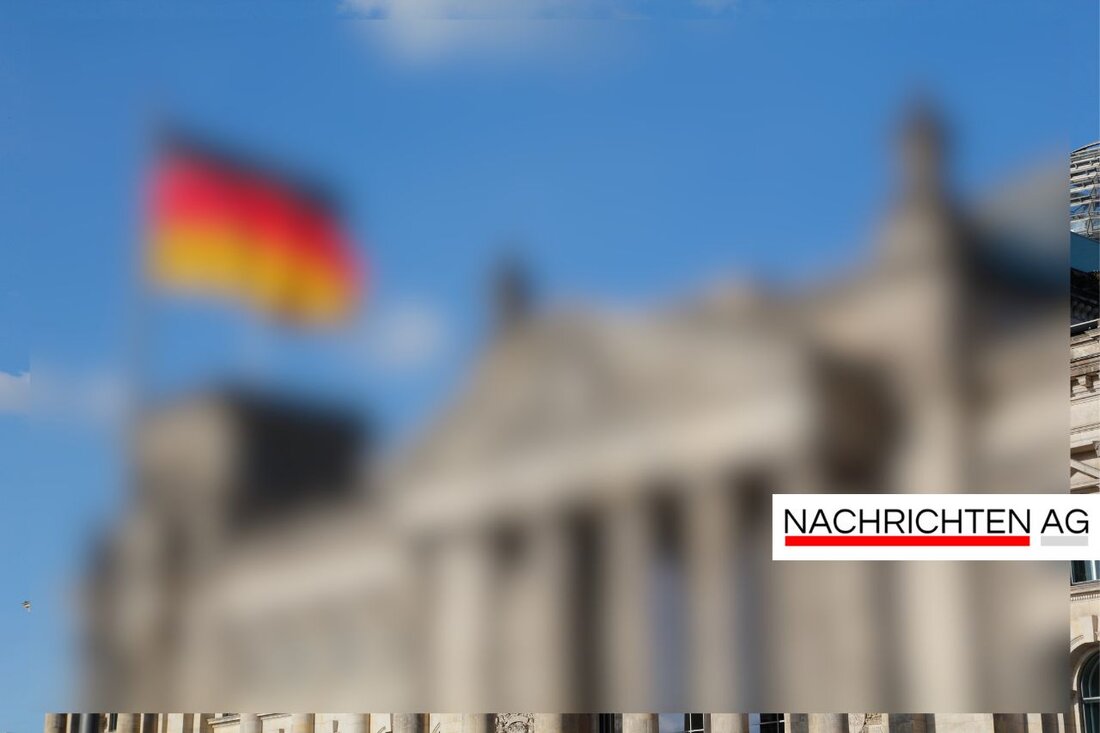Concrete as a climate saver: This is how our city fights heat waves!
Find out how Vienna is using concrete as a solution to urban heat islands and climate change - for a better quality of life in the city.

Concrete as a climate saver: This is how our city fights heat waves!
In cities like Vienna it is getting hotter and hotter - and not just since yesterday. Extreme heat and heat waves have long since become part of everyday life. This not only means an increasing risk to the health of residents, but also that the quality of outdoor living suffers. According to a report by meinkreis.at The number of hot days in Vienna has doubled in the last 30 years. In addition to heat waves, there is another challenge: heavy rain events and storms are increasing due to climate change. These can lead to flooding, which puts a strain on the sewer networks in many cities such as Vienna.
Concrete as a building material could be a decisive factor in this critical situation. Concrete has the ability to reflect sunlight, preventing public spaces and streets from overheating. In addition, the use of light-colored concrete paving stones enables local storage of rainwater, which helps prevent flooding. The so-called sponge city principle, in which rainwater is directed into the root zone of trees, is being used more and more frequently by cities to improve the climate. This not only promotes the growth of the trees, but also cools the microclimate. In Vienna, this principle is already being successfully implemented in the Wolfganggasse district in Meidling.
Climate change is affecting urban life
The challenges of climate change are enormous. According to the EEA The risks caused by climate change are particularly increased in urban areas. About three quarters of the European population lives in cities. These areas are vulnerable to heat waves, floods and other climatic extremes. The so-called urban heat island effect, triggered by artificial surfaces and buildings, contributes to temperatures in urban areas being significantly higher than in rural areas.
To address these challenges, the federal government has developed the German Adaptation Strategy to Climate Change. This strategy provides a policy framework for cross-sectoral adaptation to upcoming climate changes. Progress reports describe how measures are being implemented and what challenges still exist. Rainwater management plays a central role here. The German Association for Water Management, Sewage and Waste has collected insights into this and is calling for an active change in water use in urban development.
Future urban planning
An effective approach to improving urban resilience to climate change could be the integration of green infrastructure. Research projects develop strategies for planning and implementing these elements in cities in order to increase the quality of life and be able to better respond to climatic challenges. The idea of the sponge city principle plays a central role here. Through the targeted design of urban areas with permeable materials, not only can the local microclimate be regulated, but an active contribution to climate protection is also made.
The future of urban spaces is closely linked to the climate. It is important to show a good hand in planning and implementing appropriate measures in order to ensure individual quality of life in cities like Vienna. The challenge is great, but with clever solutions, such as the use of concrete and the sponge city idea, it could be possible to confront climate change.

 Suche
Suche
 Mein Konto
Mein Konto